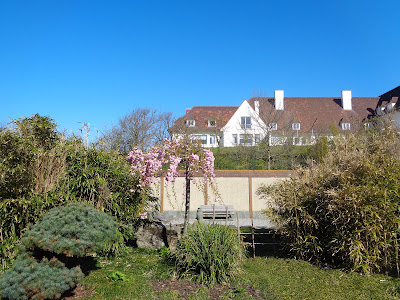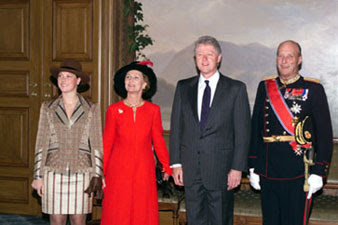The Royal Trust of Belgium

Nowadays there is a lot of hoopla in the press about the Royal Trust of Belgium (in Dutch: Koninklijke Schenking). Knack Magazine and other journalists have examined the contracts and especially the costs of the Royal Trust. They have made one big question: how much do the Belgians pay for the Royal Family? This examination was widely included on the journals of the national press, exactly whether there were no more important news topics in the world. Although Belgium still hasn't a federal government (the elections were on 26 May 2019), politicians thought it was more important to give their opinion about the Royal Trust than to form a government. Just a matter of priorities.... The Belgians are very indignant about the Royal Trust and it is their good right to be. But no single Belgian Magazine nor Journalist have made an examination about the proceeds of having a royal family. What do they mean for Belgium on the field of an image, reputation, brand name and ...










